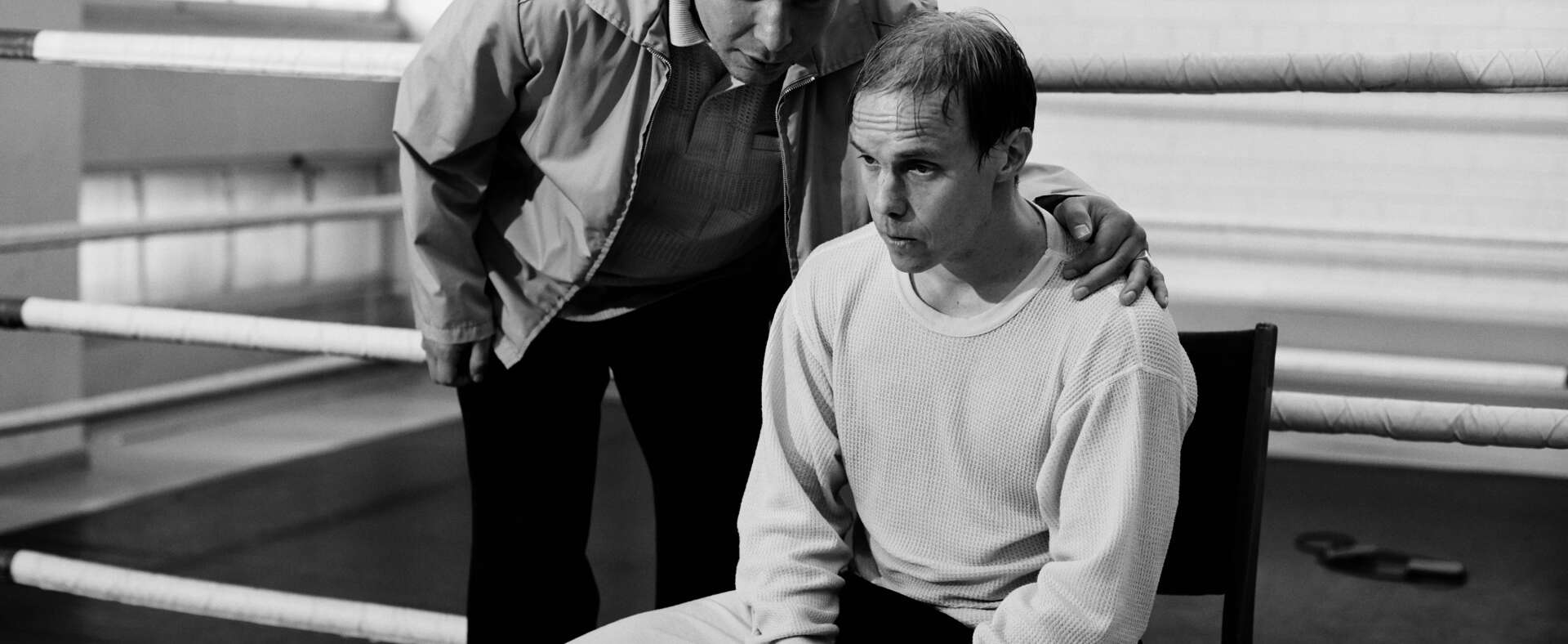
Cinéfondation Prize winner Juho Kuosmanen has a chance to pick up a Camera d’or for The Happiest Day in the Life of Olli Mäki that had its world premiere yesterday at Cannes’ Un Certain Regard. The Finnish director speaks about the film and the joy of filmmaking.
How do you feel about being in official selection in Cannes?
Juho Kuosmanen: I’m enjoying every second. With The Painting Sellers [Cinéfondation winning film in 2010] I was really stressed, although the film had received good reviews. With this film, I just can’t wait to show it to an audience.
There is a gap of six years between The Painting Sellers and The Happiest Day in the Life of Olli Mäki. Why did it take you so long to make your first feature length film?
JK: When you win a Cinéfondation award, you know your feature film has a chance to screen in official selection in Cannes. That feeling is really daunting. I had ideas for films, but nothing seemed ‘good enough’. I felt pressured, especially about people’s expectations. In the meantime I did two shorts, a theatre play and two operas.
The Painting Sellers is a social drama. This is a totally different genre…
JK: I never thought I would make a black and white boxing film set in the 1960s!!! What I knew is that I wanted to make a playful film, miles away from the social realistic depressing films. We were not so much interested about the period, but the feel of the sixties, as if it was made at the time.
The premise of the film is Finnish boxer Olli Mäki’s inability to concentrate for the biggest match of his life – the 1962 featherweight boxing world championship - because he’s fallen in love. What triggered you to bring this story to the big screen? JK: Although the film is inspired by true events and a true person, the whole set up is like an allegory about filmmaking, pressure, expectations, success, what’s important in life etc. It was easy for me to relate to Olli. I know him very well because he comes from my small town of Kokkola. I went to see a theatre play inspired by him and I heard people mentioning that this was the happiest day of his life, while it should have been the worse day of his life with the public humiliation. That really intrigued me. I started to do research about him. I saw a documentary made when he was preparing for the famous 1962 fight. That was a crucial moment. I thought we could make it a classic story that also deals with contemporary issues such as public image, how to deal with success. People wanted to make a hero out of him but he didn’t want to be one.
The world of boxing is often perceived as hyper-masculine and macho, but here you depict a man who is able to show his feelings and open up, something also unusual for a Finn? JK: The Finnish title is actually ‘The Smiling Man’ which makes him a different kind of Finn as Finnish men often don’t smile.
Olli was also known as a very gentle, kind person, which was contrasting with the idea one has about boxers. He never wanted to knock out his opponents.
I watched boxing documentaries for the film and what I found the most fascinating was not the boxing matches but everything backstage. It’s all about putting up a brave face.
How did you put together the main cast?
JK: Jarkko Lahti who plays Olli is a long-time friend. He acted in my 2008 short film The Citizens. We don’t need words to understand each other. As soon as I told him about my idea, he started taking boxing lessons, four years before the film started. That training allowed him to become a boxer, not having to act like a boxer.
Oona Airola who plays Olli’s love interest is another friend of mine from Kokkola. It’s embarrassing how many people in the film are from Kokkola!!!
Was filming in black and white and 16mm an obvious decision?
JK: We took that decision two months before shooting. We tested a lot of material in Sweden and one of them was colour reversal with Kodak Tri-X. Immediately we felt: now this is real, a true 60s feel with a rich texture. Kodak Tri-X was hard to find, but well worth the effort. We also used an 80kg lamp so the lighting is old fashion as well.
I thought of the film The Wonders by Alice Rohrwacher shot in 16mm, blown up on 35mm. I saw it in DCP, on a very big screen. It still had this beautiful celluloid feeling. Other references I had in mind were Alan Sillitoe’s films from the 60s, as well as Pennebaker’s Direct Cinema.
What’s next?
JK: I have a few things in mind, bigger and smaller projects but I want to shoot my next film as soon as possible. One film is like an essay, a strong love story based on diaries, then I’m interested in doing a road movie on a train, and a comedy.